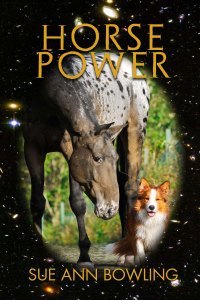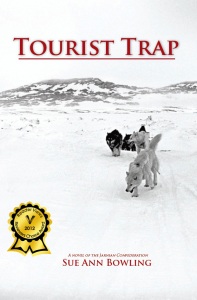A friend of mine claims that Fairbanks has more arts events for its size than any other city. I’m not going to take a stand one way or another, if only because the metric is so poorly defined, but it certainly has more going on than my inability to drive at night (and the lack of alternative transportation) will let me attend! This time of year, however, the evenings are light enough I can go places, and the Fairbanks Symphony’s Concerto Competition concert April 29 was certainly worth attending.
The Concerto Competition is held each year to find the best young local musicians in four categories: 11 years and under, 12-15, 16-18 and University of Alaska Fairbanks students. Winners play with the Fairbanks Symphony Orchestra at one of their concerts – this year, the last concert of the season, Sunday evening. They were superb. Every one received a standing ovation, and in my opinion, well deserved. Granted, the tenor is a graduate student and an understudy for the role of Rudolpho in the Opera Fairbanks production of La Bohéme this summer, but these kids are talented and the concerto portion of the concert alone was worth attending.
And that wasn’t all.
The second half of the concert had two “patriotic” pieces that were both inspiring and somewhat overwhelming. The first was Copland’s A Lincoln Portrait. You know the one – bits about Lincoln, interspersed with his own words, read to a background which (and I caught this primarily because of the pre-concert lecture) quoted several times from Camptown Races. It took a few bars for the orchestra to find the right balance between their own volume and that of the reader, but once the balance was found it was an excellent performance. Then came Tchaikovsky’s 1812 Overture.
Maestro Zilberkant always gives an introductory lecture before the concert, and when I can attend the concert, I generally manage to arrive early for the lecture. This time he let us in on some interesting bits about the cannon fire and church bells which are orchestrated parts of this piece — often with real cannons, which are not all that easy to time properly, and which (for obvious reasons) are not used indoors. Timing? Imagine a gunner lighting a fuse to fire a cannon which has to go off at exactly the right time. How long must the fuse be? Exactly when must it be lit? And since cannons have to have a cool-down period between firings, it takes no less that 18 cannons!
It is possible to fire the cannons outdoors and have the sound piped indoors, and to Maestro Zilberkant’s credit, he checked with our local Army base, Fort Wainwright, about the possibility. A century ago, it might have worked. Today it would require closing all roads in the vicinity of the university and closing the airspace over the university (which would mean closing down the Fairbanks airport.) It wasn’t practical. A recording of cannon fire was used, and played through – well, I don’t think they were your usual everyday speakers. Maestro Zilberkant warned those sitting near the speakers to move before the final piece was played. The building shook – literally. I don’t think anyone’s hearing was actually damaged, but then I was at the very back of the theater, and the loudspeakers were at the front.
I hope I can figure out a way to get to more concerts next winter.







 Buy Homecoming from iUniverse
Buy Homecoming from iUniverse















